Horace Pippin (February 22, 1888 – July 6, 1946) was a self-taught African-American painter. He served in Europe during World War I where he lost the use of his right arm after being shot by a sniper (He used his left arm to guide his injured right arm when painting). Pippin’s distinctive paintings captured his childhood memories and war experiences, scenes of everyday life, landscapes, portraits, biblical subjects, and American historical events. The injustice of slavery and American segregation figure prominently in many of his works. [Wikipedia]
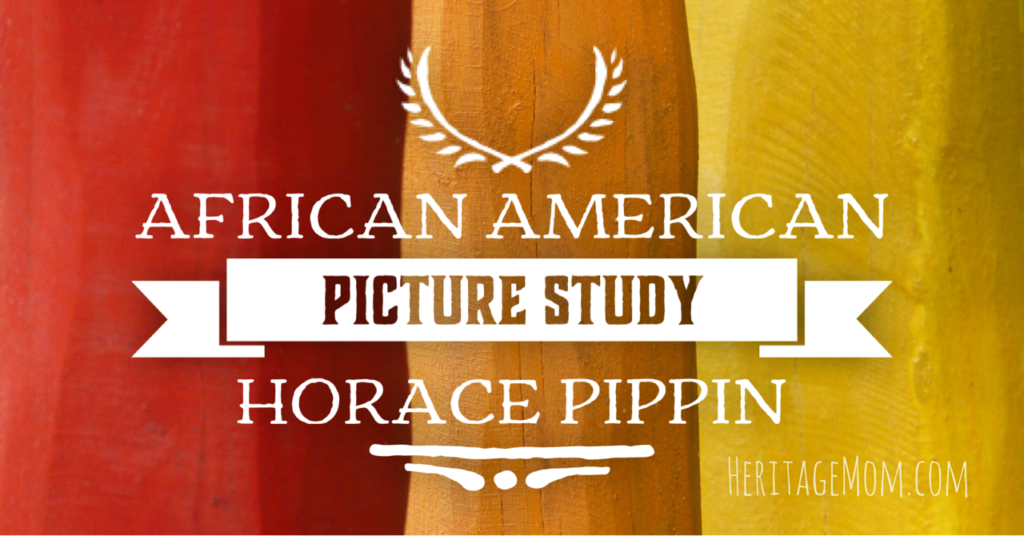
This is the third post in a series of Charlotte Mason picture study resources featuring black artists. I chose to study this artist after I read that critic Alain Locke (the first African-American Rhodes Scholar) described Pippin as “a real and rare genius, combining folk quality with artistic maturity so uniquely as almost to defy classification.” That led me to research his work, and I found myself just staring at the pictures for long periods of time which is rare for me.
Disclosure: As an Amazon Associate, I may earn commissions from qualifying purchases using these links, at no additional cost to you.
Biography resources
- Picture book – A Splash of Red: The Life and Art of Horace Pippin
- Narrative bio – Black Masters of American Art* (see sample below) – [Update: This book is now available for free viewing on Archive.org: Six Black Masters of American Art]
- Just for fun – Getting to Know the World’s Greatest Artists: Horace Pippin. Fun book that elementary kids can read on their own. It has a few funny cartoons along with many color images of his work, drawings from his memoir of military service, and a few photos. This book is not scheduled in the lesson plans, but my kids enjoyed it in their free time.

Relevant videos (for parents or older students)
- PBS: The Trailblazer
- Philadelphia Museum of Art: In Conversation
- Horace Pippin: There Will Be Peace (2 min clip from 28 min award winning documentary.)
Artist print resources
- I couldn’t find an existing set of Pippin prints, so here is the set I prepped for my family (choose 6 of the 9): Horace Pippin Picture Study Prints – The lesson plans below use these prints.***
- Wikiart Visual Art Encyclopedia (To select & print your own pictures)
Picture study aids (info about his paintings)
- The Life and Art of Horace Pippin (Includes info on his general work and some specific pieces alongside biographical details)
- Info for each picture is linked below in the lesson plans (various sources) – The notes are intended for the adult to review prior to the lesson. Interesting info can be included in the picture talk with your kids.
Museum locator (Find where Pippin’s work is displayed and plan a trip to visit, if possible.)
- The Athenaeum: Horace Pippin – Artworks (Click on the “Art” tab for a list, click on the “Artworks” link, and then click on the actual picture to expand for viewing. Always call or check the museum website before visiting because the painting could have moved, or it may not be on display.)
- Artcyclopedia: Paintings in Museums and Public Art Galleries (Many of the links are broken, but I was able to find some Pippin pieces after searching for his name on the individual museum websites. Be sure to check the museums near you or in cities that you plan to visit or drive through.)
Lesson Plans (using prints from the file linked above in “Artist Print Resources”):
- Week 1: Read bio – Splash of Red** (1st half) or Black Masters p. 60-65 (stop at “quit to join the army”)
- Week 2: Read bio – Splash of Red (2nd half) or Black Masters p. 65-70 (stop at “for the victors”)
- Week 3: Read bio – Splash of Red (historical note) or Black Masters p. 70-75
- Week 4: Giving Thanks
- Week 5: Domino Players
- Week 6: Interior
- Week 7: Compare pictures (If you’ve studied Henry Tanner, compare Pippin’s Giving Thanks to Tanner’s The Thankful Poor, otherwise, compare pictures from weeks 4-6.)
- Week 8: The Trial of John Brown (pg 22, first full paragraph)
- Week 9: Victory Garden (pg 130, first column, start with the last paragraph) and read about a brief history of victory gardens
- Week 10: Christ and the Woman of Samaria and read John 4
- Week 11: Compare pictures
- Alternate: Abraham Lincoln and His Father Building Their Cabin on Pigeon Creek (pg 8, read ” Looking at Lincoln: Pippin and The Lincoln Myth” until end of first paragraph on pg. 9. Also read first paragraph on pg. 10)
- Alternate: The Holy Mountain II (last long paragraph) and read Isaiah 11, especially 11:6-9
Additional notes
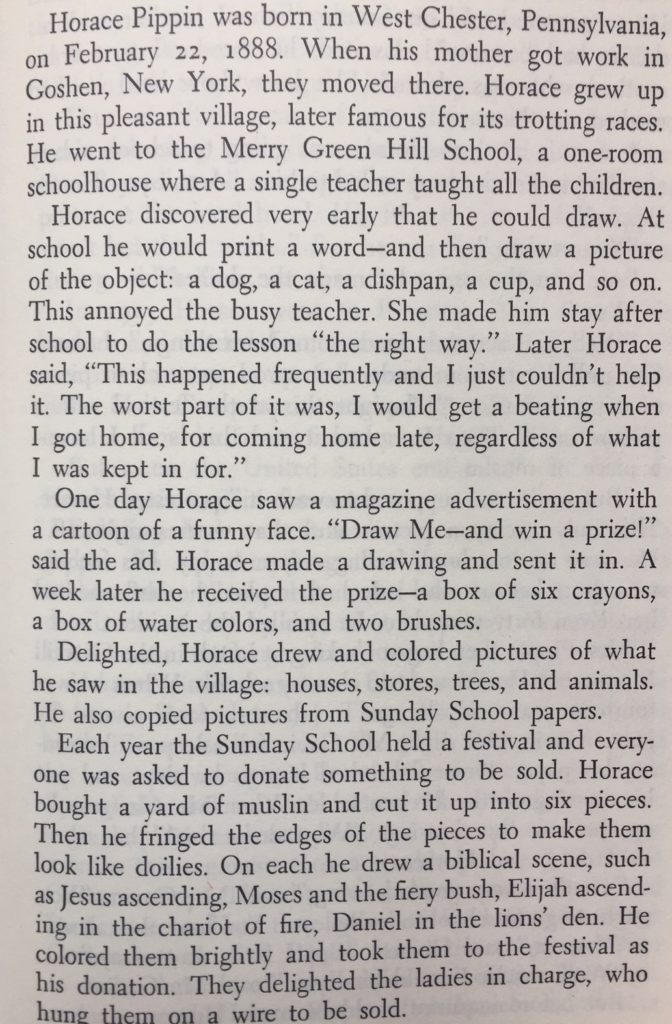
Black Masters of American Art by
Bearden and Henderson
(Zenith Books, 1972)
*I didn’t pay nearly as much as the current Amazon price for the Black Masters book, so I hate to see how high it is now. However, I love this book and would gladly pay a reasonably higher price. It covers six artists, and it’s written in a mature yet engaging way that delights my family. It’s a living book by a respected Black author, I’ll be using it for several of the artist studies, and it’s worth the investment.
[Update: This book is now available for free viewing on Archive.org: Six Black Masters of American Art]
** This book does not have page numbers.
*** I print my artist prints at Office Max on “Cardstock Gloss Cover 12pt.” This set was $9.80 regularly priced (My 20% coupon brought it to $8.31). These prints are not as nice as the Riverbend or Simply Charlotte Mason picture study prints, but they are nice enough for what my family needs. It is very difficult to find large hi-res images of the work of many of these artists, but I won’t let that stop us from studying them.
If you’ve found other helpful quality information for Pippin, please post it in the comments!
I can be found on Instagram @heritagemomblog, and please check out my new book: A Place to Belong: Celebrating Diversity and Kinship in the Home and Beyond.
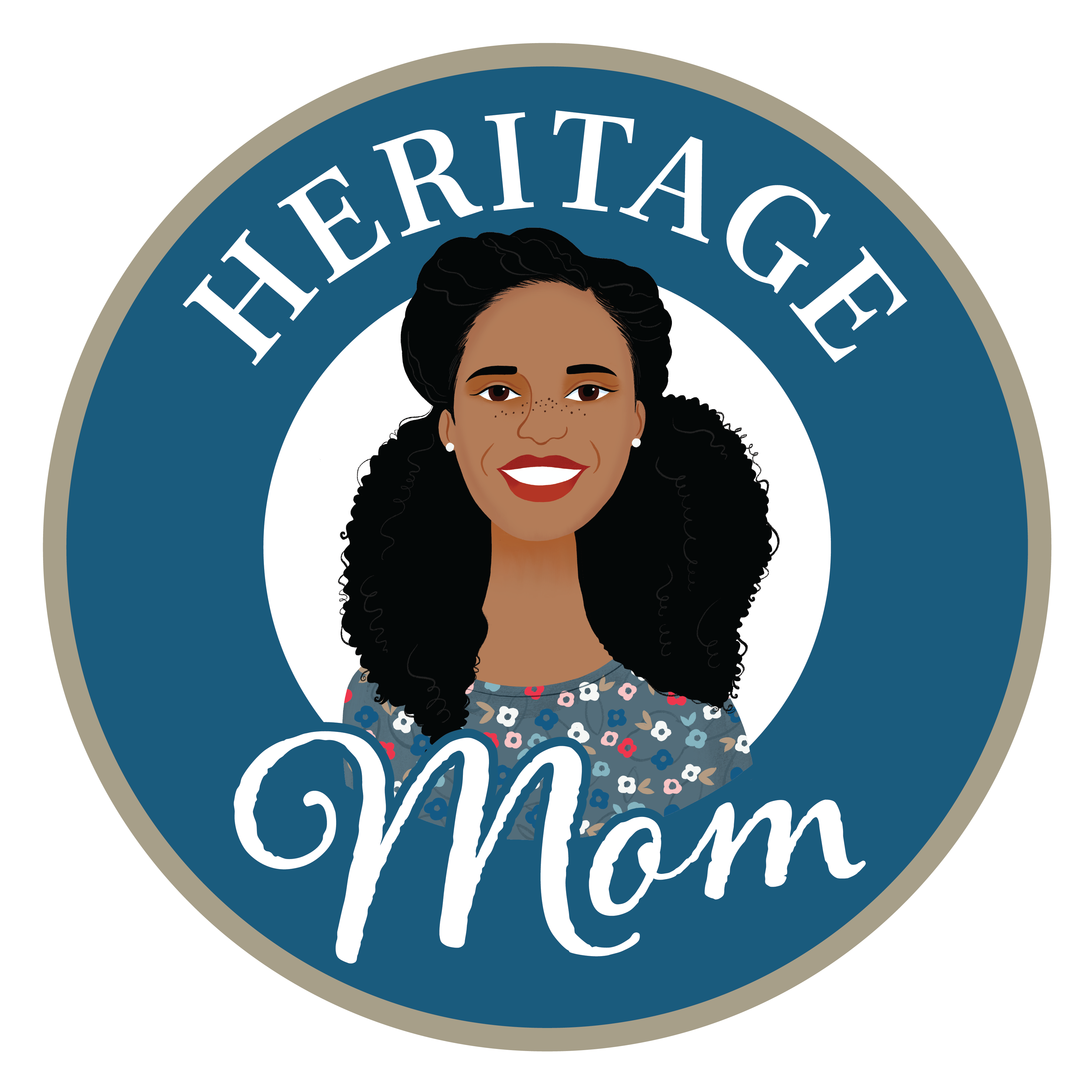


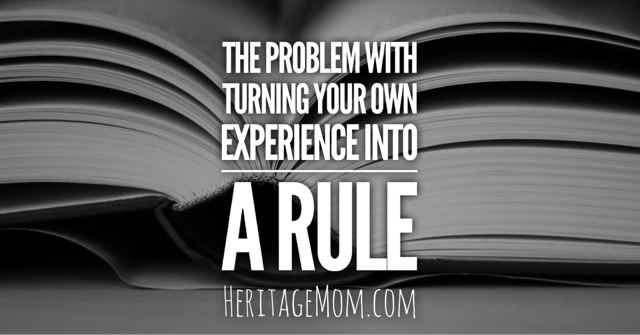
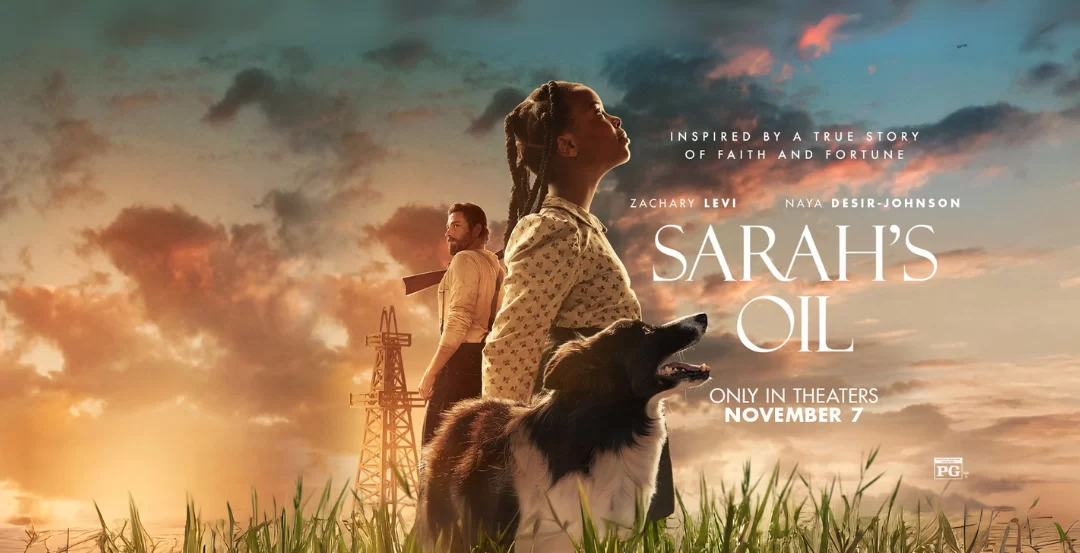

0 Comments